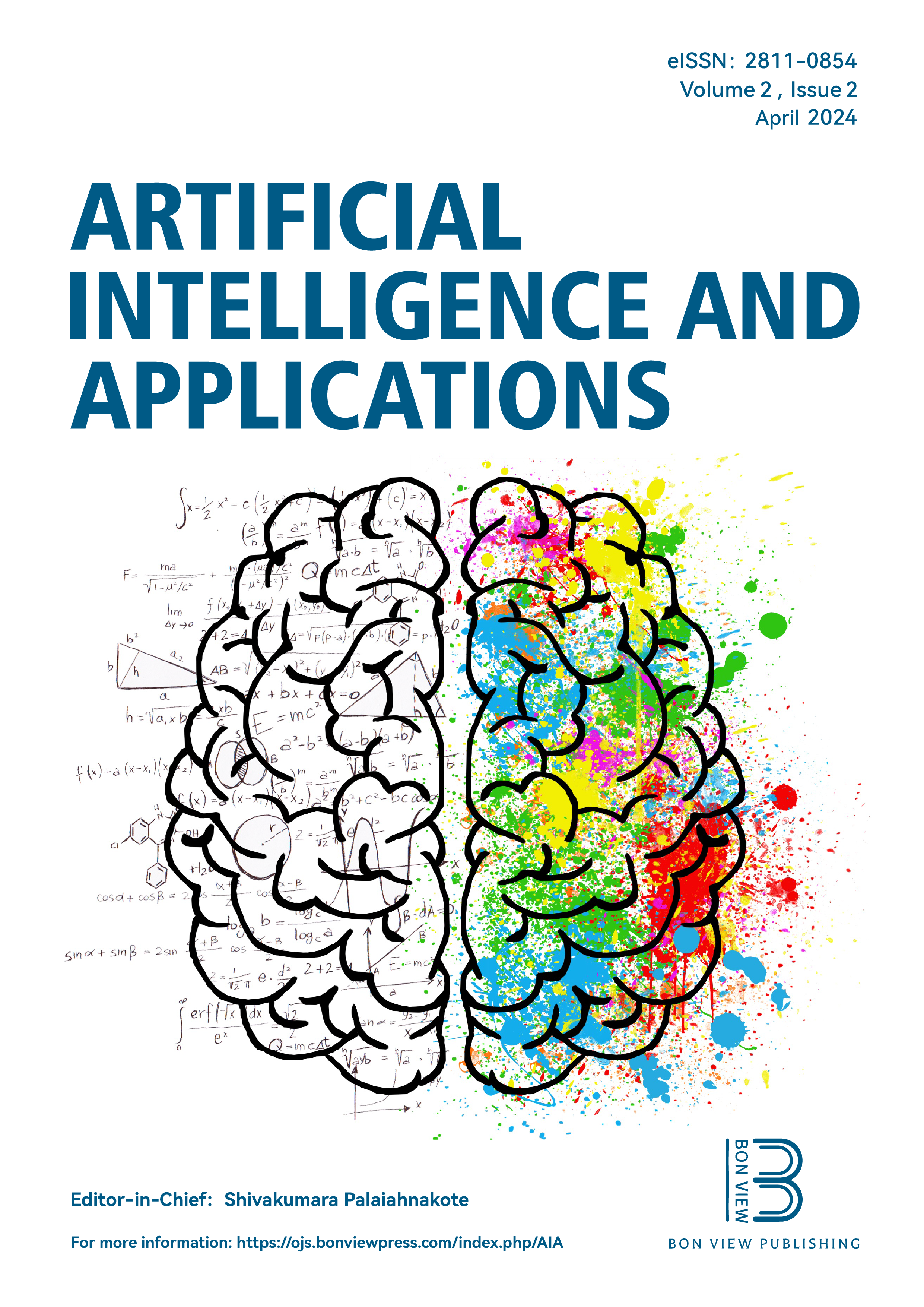Comparative Study of Suspended Sediment Load Prediction Models Based on Artificial Intelligence Methods
DOI:
https://doi.org/10.47852/bonviewAIA3202832Keywords:
generalised regression neural network, suspended sediment load, water qualityAbstract
Quantification of suspended load sediment is crucial for maintaining the ecosystem and quality of water/river bodies that serve as the habitat for many living organisms. Because the influencing factors are nonlinearly related to the suspended load sediment, it is a challenge to apply linear statistical models to predict accurately. To address such a problem, this study applied artificial intelligence (AI) methods to simulate and predict suspended load sediment. The AI methods are robust and can handle adequately issues related to nonlinearity in modelling. In the present study, four AI methods were developed to predict suspended sediment load (SSL) distribution. The methods include a backpropagation neural network, group method of data handling, least squares support vector machine, and generalised regression neural network (GRNN). In developing the respective models, drainage areas, river slopes, and length of rivers served as predictor variables while SSL was the response variable. The models were evaluated using the metrics of root mean square error (RMSE), percentage RMSE, uncertainty at 95%, RMSE observations standard deviation ratio, and Legates and McCabe index. According to the results, the GRNN model achieved higher prediction accuracy than the other competing methods. The performance of the GRNN model can be attributed to its ability to calibrate and generalise appropriately to the training and testing data set. Hence, in practice, the GRNN model is proposed for SSL prediction for the study area which can be useful to policymakers and managers of water resources.
Received: 6 March 2023 | Revised: 11 May 2023 | Accepted: 26 May 2023
Conflicts of Interest
The authors declare that they have no conflicts of interest to this work.
Data Availability Statement
Data available on request from the corresponding author upon reasonable request.
Metrics
Downloads
Published
Issue
Section
License
Copyright (c) 2023 Authors

This work is licensed under a Creative Commons Attribution 4.0 International License.






